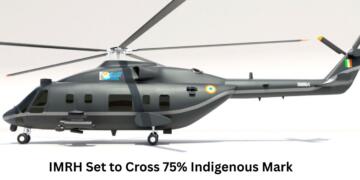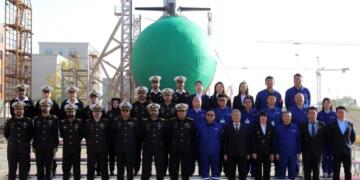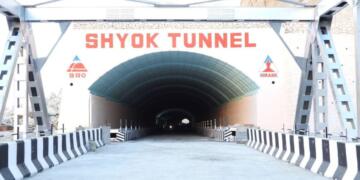In a decisive move to counter the growing aerial threats from China and Pakistan, Defence Minister Rajnath Singh has approved the execution model for India’s first indigenous fifth-generation fighter jet—the Advanced Medium Combat Aircraft (AMCA). The Aeronautical Development Agency (ADA) has been tasked with spearheading the project in collaboration with public and private sector industries under a competitive partnership model. The urgency of developing the AMCA has intensified following the Chinese deployment of J-20 stealth fighters near India’s borders and the reported deal to supply 40 advanced J-35 jets to Pakistan. This development gains further relevance in the wake of the recent Indo-Pak military confrontation during ‘Operation Sindoor’.
The Advanced Medium Combat Aircraft (AMCA) project, sanctioned by the Cabinet Committee on Security (CCS) in March 2024 with a ₹15,000 crore budget, aims to produce a twin-engine, 25-tonne stealth aircraft with advanced features such as internal weapons bays and diverterless supersonic intakes—both firsts in Indian aviation. According to the Defence Ministry, the execution model allows Indian companies—whether private or public—to bid independently or as part of a consortium. ADA will soon release an Expression of Interest (EoI) for the development phase. The first prototype is expected by 2028-29, with full-scale production starting around 2032-33 and final induction into the Indian Air Force (IAF) projected for 2034.
The Advanced Medium Combat Aircraft will be developed in two phases: Mk1 powered by the U.S.-origin General Electric F-414 engine, and Mk2 with a more powerful engine, likely co-developed with France’s Safran. A deal to license-produce the F-414 engine in India is in the final stages of negotiation. While the Light Combat Aircraft (LCA) programme continues to address IAF’s dwindling fighter strength, AMCA is envisioned as India’s technological leap into next-generation warfare. HAL will serve as the lead production agency, with significant private sector involvement to expedite timelines.
China’s aggressive build-up continues to pose a serious strategic challenge. A U.S. Congressional report noted that the PLA Air Force and Navy Aviation now operate over 1,300 fourth-generation fighters and are rapidly integrating fifth-gen platforms like the J-20 and J-35. The AMCA is not just a military necessity but a pivotal stride toward self-reliance in high-end aerospace capability—crucial for India’s long-term defence posture in a volatile Indo-Pacific region.































